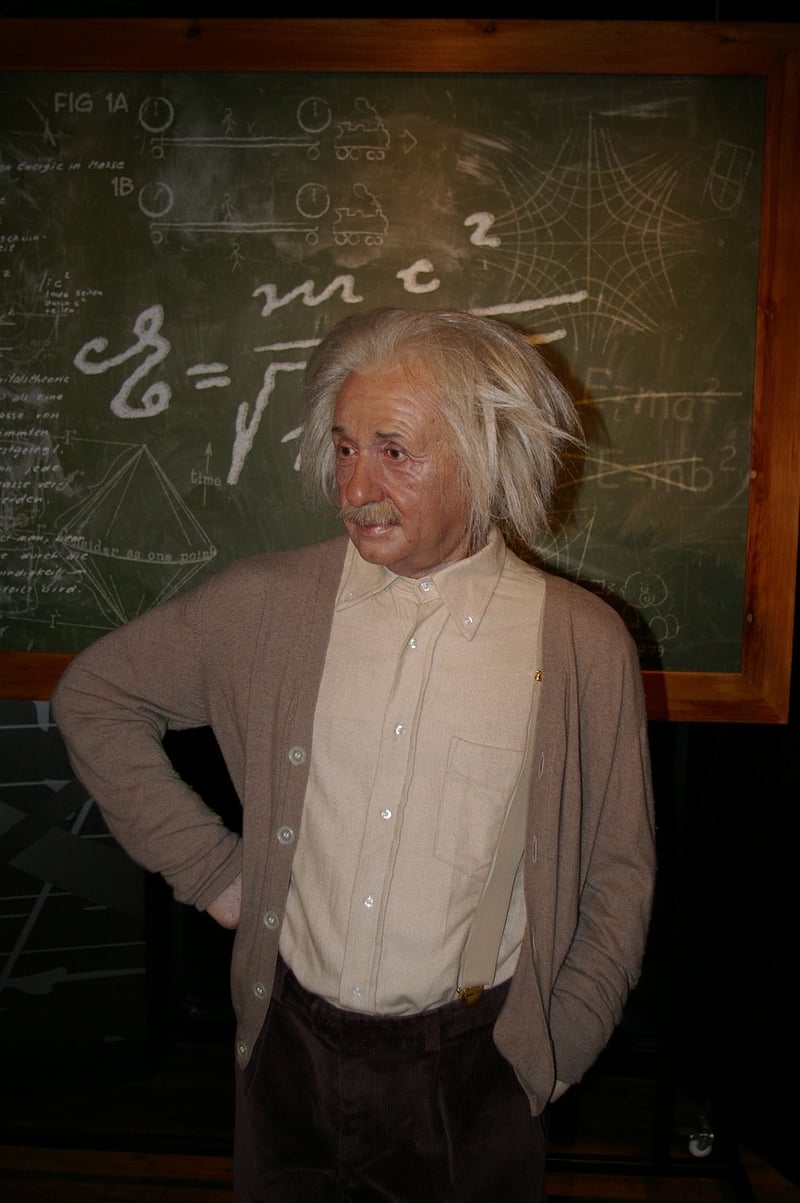Relativistic Effects
The Effects of Speed on Time and Relativistic Effects
When it comes to the concept of time, speed plays a fascinating role that goes beyond our everyday experiences. As objects move at high speeds, their perception of time changes, leading to what is known as relativistic effects.
Time Dilation
One of the most intriguing consequences of high speeds is time dilation. According to Einstein's theory of relativity, as an object approaches the speed of light, time for that object appears to slow down from the perspective of a stationary observer. This means that time passes slower for objects in motion relative to those at rest.
Length Contraction
Another effect of high speeds is length contraction. As an object moves faster, its length in the direction of motion contracts according to an observer at rest. This phenomenon is also a result of Einstein's theory of relativity and is closely related to time dilation.
Equivalence of Mass and Energy
Einstein's famous equation, E=mc^2, highlights the equivalence of mass and energy. This equation suggests that mass can be converted into energy, and vice versa, at incredibly high speeds. It forms the basis of understanding nuclear reactions and the immense energy released from such processes.
Practical Applications
Relativistic effects are not just theoretical concepts but have practical applications in various fields. For instance, the Global Positioning System (GPS) accounts for both time dilation and the effects of gravity to ensure accurate location data. Without these corrections, GPS devices would quickly become inaccurate.
Conclusion
Speed's impact on time is a profound aspect of our universe, leading to relativistic effects that challenge our intuitive understanding of time and space. By delving into these phenomena, we can appreciate the intricate relationship between speed, time, and the very fabric of reality.


